Home>diy>Building & Construction>When Can You Lock In A Mortgage Rate On New Construction


Building & Construction
When Can You Lock In A Mortgage Rate On New Construction
Modified: January 24, 2024
Discover when you can lock in a mortgage rate on new building construction and secure your dream home. Find out more about the process and timing today.
(Many of the links in this article redirect to a specific reviewed product. Your purchase of these products through affiliate links helps to generate commission for Storables.com, at no extra cost. Learn more)
Introduction
Building a new home is an exciting endeavor, filled with endless possibilities and the promise of a dream come true. However, the process can also be daunting, especially when it comes to securing financing for your new construction project. One crucial aspect to consider is locking in a mortgage rate for your new home.
In this article, we will explore the intricacies of mortgage rate locks for new construction and provide valuable information to help you navigate this aspect of the home buying process. We will discuss the differences between traditional mortgage rate locks and those specific to new construction. Additionally, we will delve into the factors that determine when you can lock in a mortgage rate and the potential risks and considerations associated with doing so.
Understanding and effectively managing your mortgage rate lock can save you thousands of dollars over the life of your mortgage, so it’s essential to grasp the details and make informed decisions. So, let’s dive in and unravel the mysteries of mortgage rate locks for new construction.
Key Takeaways:
- Timing is crucial when locking in a mortgage rate for new construction. Factors such as construction timeline, market conditions, and loan processing time must be carefully considered to secure the most favorable terms.
- Potential risks, including construction delays and changes in financial situations, should be mitigated through open communication with the builder and lender. Seeking professional guidance is essential for navigating the complexities of new construction mortgage rate locks.
Understanding Mortgage Rate Locks
A mortgage rate lock is a contractual agreement between a borrower and a lender that guarantees a specific interest rate and points for a certain period of time. This provides borrowers with protection against potential interest rate fluctuations during the home buying process.
When you lock in a mortgage rate, you are essentially freezing the interest rate and points on your loan for a specified period, usually 30, 60, or 90 days. This allows you to secure a favorable rate and protects you from potential rate increases during the time it takes to complete the loan process.
Mortgage rate locks are typically available for both new construction and existing homes. However, there are certain considerations and differences to be aware of when it comes to new construction projects.
One important thing to note is that mortgage rate lock periods are finite. If you are unable to close on your loan within the agreed-upon timeframe, you may face additional charges or have to renegotiate the lock-in agreement.
A mortgage rate lock provides borrowers with a sense of stability and certainty during the home buying process. It allows you to plan your finances effectively and budget accordingly, knowing what your monthly mortgage payment will be based on the locked-in rate.
It is important to remember that mortgage rates can fluctuate daily due to various market factors such as economic indicators, inflation, and changes in the Federal Reserve’s monetary policy. Therefore, timing is of the essence when it comes to locking in a mortgage rate for your new construction project.
The Differences with New Construction
When it comes to locking in a mortgage rate for new construction, there are some key differences compared to traditional home purchases. These differences arise from the unique nature of building a home from the ground up.
Firstly, new construction projects typically have longer timelines compared to existing homes. While the construction process can vary, it is not uncommon for new homes to take several months or even years to complete. This extended timeline poses challenges when it comes to locking in a mortgage rate.
Unlike purchasing an existing home, where the closing date is relatively fixed, new construction projects often have flexible completion dates. This makes it difficult to determine the exact timing for locking in a mortgage rate, as construction delays or changes in the building schedule can impact the closing date.
Furthermore, new construction projects involve various stages of building, from clearing the land to completing the final finishes. This phased approach adds complexity to the mortgage rate lock process, as lenders need to assess the progress and value of the construction before finalizing the loan terms.
Another important consideration with new construction is the option for customization and change orders. Unlike purchasing an existing home, where the features and finishes are already in place, building a new home allows for customization and adjustments along the way. However, these changes can affect the mortgage rate lock, as they may require additional appraisals or adjustments to the loan terms.
It is crucial to work closely with your lender and builder to ensure clear communication and coordination throughout the construction process. Regular updates on the progress of the build and any changes in the timeline will help you determine the optimal time to lock in your mortgage rate.
Next, we will explore the factors that determine when you can lock in a mortgage rate for your new construction project.
Factors That Determine When You Can Lock In a Mortgage Rate for New Construction
Locking in a mortgage rate for new construction involves careful consideration of various factors. These factors not only impact when you can lock in the rate but also influence the terms and conditions of the lock. Let’s take a closer look at these determining factors:
Construction Timeline: The duration of your new construction project is a critical factor in determining when you can lock in a mortgage rate. Lenders typically require a projected completion date from the builder to assess the feasibility of the rate lock. If the construction timeline is too uncertain or extends beyond the lender’s lock-in period, it may be challenging to secure a mortgage rate lock.
Loan Approval Status: Before locking in a mortgage rate, you must have loan approval from the lender. This requires providing all the necessary documentation, such as proof of income, credit history, and financial statements. The lender needs to verify your eligibility and the loan amount before proceeding with the rate lock.
Builder’s Reputation and Track Record: The credibility and experience of the builder play a role in when you can lock in a mortgage rate. Lenders often consider established builders with a proven track record of completing projects on time and within budget as less risky. If the builder has a history of delays or financial issues, it may impact your ability to secure a rate lock.
Appraisal Process: Appraisals are required to determine the value of the property before finalizing the loan terms. For new construction, the appraisal process can be more complex due to the evolving nature of the property. Different stages of construction may require separate appraisals to assess the value accurately. The completion of essential components, such as the foundation and framing, may be necessary before an appraisal can be conducted.
Market Conditions: Mortgage rates are influenced by market conditions, including economic factors and interest rate fluctuations. The prevailing market rates at the time of your mortgage application and rate lock can impact the terms offered by lenders. Monitoring market conditions can help you make an informed decision about when to lock in a mortgage rate.
Builder’s Policies and Procedures: Each builder may have specific policies and procedures regarding mortgage rate locks. It’s essential to understand their requirements and timelines to align with the construction schedule. Open communication with the builder can help you coordinate the rate lock with the progress of the construction.
Your Risk Tolerance: Lastly, your personal risk tolerance must be taken into account when deciding when to lock in a mortgage rate. If you anticipate interest rates rising in the near future, you may choose to lock in the rate early to secure a favorable offer. However, if you believe rates will decrease, you may prefer to wait and float your rate until closer to the completion of the construction.
Considering these factors and working closely with your lender and builder will enable you to make an informed decision on when to lock in your mortgage rate for your new construction project.
You can typically lock in a mortgage rate on new construction once the home is near completion, usually within 30-60 days of the expected closing date. It’s important to work closely with your lender to ensure a smooth process.
Timing the Rate Lock
Timing the rate lock for your new construction project is crucial to ensure you secure the most favorable mortgage rate and terms. While the specific timing will depend on various factors, here are some considerations to help you make an informed decision:
Consult with Your Builder: Engage in open communication with your builder to obtain a realistic construction timeline. Understanding the estimated completion date and any potential delays or changes will guide you in determining when to lock in your rate. Coordinate with the builder to align the rate lock with the construction progress to minimize the risk of the lock expiring before closing.
Monitor Interest Rates: Stay informed about current mortgage interest rates and trends. Keeping an eye on market conditions and consulting with your lender will allow you to gauge whether rates are expected to rise or fall in the near future. Timing the rate lock when rates are favorable can potentially save you thousands of dollars over the life of your mortgage.
Consider Rate Float Downs: Some lenders offer the option for a rate float down, which allows you to adjust your rate lower if market rates decrease after you lock in. This provides a level of protection in case rates drop before your loan closes. However, it’s important to understand the terms and conditions associated with this option and discuss it with your lender.
Factor in Loan Processing Time: It’s critical to take into account the time it takes for your loan to process and close. The duration can vary, but it’s typically around 30-45 days. Ensure that the rate lock period is long enough to cover the loan processing time and potential delays.
Weigh the Risks: Locking in a rate early provides certainty and protection against rate increases. However, it also eliminates the opportunity to take advantage of lower rates if they become available before closing. On the other hand, waiting too long to lock in the rate exposes you to the risk of rates rising. Assess your risk tolerance and consult with your lender to find the right balance.
Flexibility with Rate Extensions: In cases where construction is delayed beyond the original rate lock period, you may need to request a rate lock extension from your lender. Ensure that your rate lock agreement has provisions for possible extensions to avoid any potential fees or renegotiations.
Remember, timing is essential when it comes to locking in a mortgage rate for your new construction project. Regular communication with your builder and lender, staying informed about market conditions, and assessing your personal risk tolerance will all contribute to making the best decision for your circumstances.
Potential Risks and Considerations
While locking in a mortgage rate for your new construction project offers stability and protection against interest rate fluctuations, there are potential risks and considerations to keep in mind. Understanding these risks will help you make informed decisions and mitigate any potential challenges:
Construction Delays: New construction projects are susceptible to delays due to various reasons, such as weather, material shortages, or unexpected issues encountered during the construction process. These delays can impact your rate lock period, potentially leading to expiration before closing. Discuss with your builder the potential risks and contingency plans to minimize the impact of construction delays.
Loan Contingency: When locking in a mortgage rate for new construction, it’s crucial to include a loan contingency clause in the purchase agreement. This clause allows you to back out of the deal if you are unable to secure a mortgage commitment. It protects you from being bound to a contract if you encounter difficulties in obtaining financing.
Appraisal Value: Appraisal is an essential part of the loan process. In new construction, the appraisal is typically based on the projected value of the completed property. However, if the appraised value is lower than anticipated, it can affect the loan amount or require renegotiation with the builder. Ensure you have a clear understanding of the appraisal process and potential outcomes.
Rate Lock Expiration: If your construction project experiences significant delays, there is a risk that your rate lock may expire before the loan closes. This can result in renegotiating the rate with potentially less favorable terms or extending the rate lock period, which may come with additional fees or requirements.
Changes in Financial Situation: If your financial situation changes during the construction period, it can impact the mortgage approval or loan terms. Changes such as job loss, significant debt accumulation, or credit score changes can lead to difficulties in securing the agreed-upon rate. Keep your lender informed of any significant financial changes to avoid potential issues.
Builder Financial Stability: The financial stability and reputation of the builder are vital considerations. If the builder faces financial difficulties during the construction process, it can lead to project delays or even the builder’s inability to complete the project. Research the builder’s track record and financial standing before committing to a new construction project.
Flexibility in Loan Options: When locking in a mortgage rate for new construction, consider the flexibility of the loan terms and options. Ensure that the loan structure aligns with your needs and provides options for potential changes during the construction process, such as rate float down or rate renegotiation.
Consult with Professionals: It is advisable to seek guidance from professionals during the new construction home buying process. Work closely with your lender, real estate agent, and attorney to navigate through the potential risks and ensure that you are making informed decisions every step of the way.
By understanding and considering these potential risks and factors, you can approach the new construction mortgage rate lock process with confidence and mitigate any challenges that may arise.
Conclusion
Locking in a mortgage rate for your new construction project is a crucial step in securing favorable financing terms and ensuring financial stability throughout the building process. By understanding the intricacies of mortgage rate locks for new construction and considering the various factors involved, you can navigate this aspect of the home buying journey with confidence.
Throughout this article, we explored the differences between traditional mortgage rate locks and those specific to new construction. We discussed the factors that determine when you can lock in a mortgage rate for your new construction project, including the construction timeline, loan approval status, builder’s reputation, appraisal process, market conditions, builder’s policies, and your risk tolerance.
Timing the rate lock requires careful consideration of your builder’s timeline, monitoring interest rates, assessing loan processing time, and weighing the risks and benefits. It’s important to stay informed, stay in communication with your builder and lender, and seek professional advice when necessary to make the best decision for your specific circumstances.
Additionally, we discussed potential risks and considerations, such as construction delays, appraisal values, rate lock expiration, changes in financial situations, builder financial stability, and loan flexibility. By being aware of these risks and considering them in your decision-making process, you can mitigate potential challenges and ensure a smooth loan closure and successful completion of your new construction project.
In conclusion, locking in a mortgage rate for your new construction project requires careful planning, communication, and consideration of various factors. By staying informed, working closely with your builder and lender, and understanding the potential risks involved, you can navigate the process effectively and secure a favorable mortgage rate that aligns with your financial goals.
As you embark on your new construction journey, remember that knowledge is power. Take the time to educate yourself, consult with professionals, and make informed decisions every step of the way. With proper planning and preparation, you can turn your vision of a dream home into a reality, backed by a secure and favorable mortgage rate.
Frequently Asked Questions about When Can You Lock In A Mortgage Rate On New Construction
Was this page helpful?
At Storables.com, we guarantee accurate and reliable information. Our content, validated by Expert Board Contributors, is crafted following stringent Editorial Policies. We're committed to providing you with well-researched, expert-backed insights for all your informational needs.


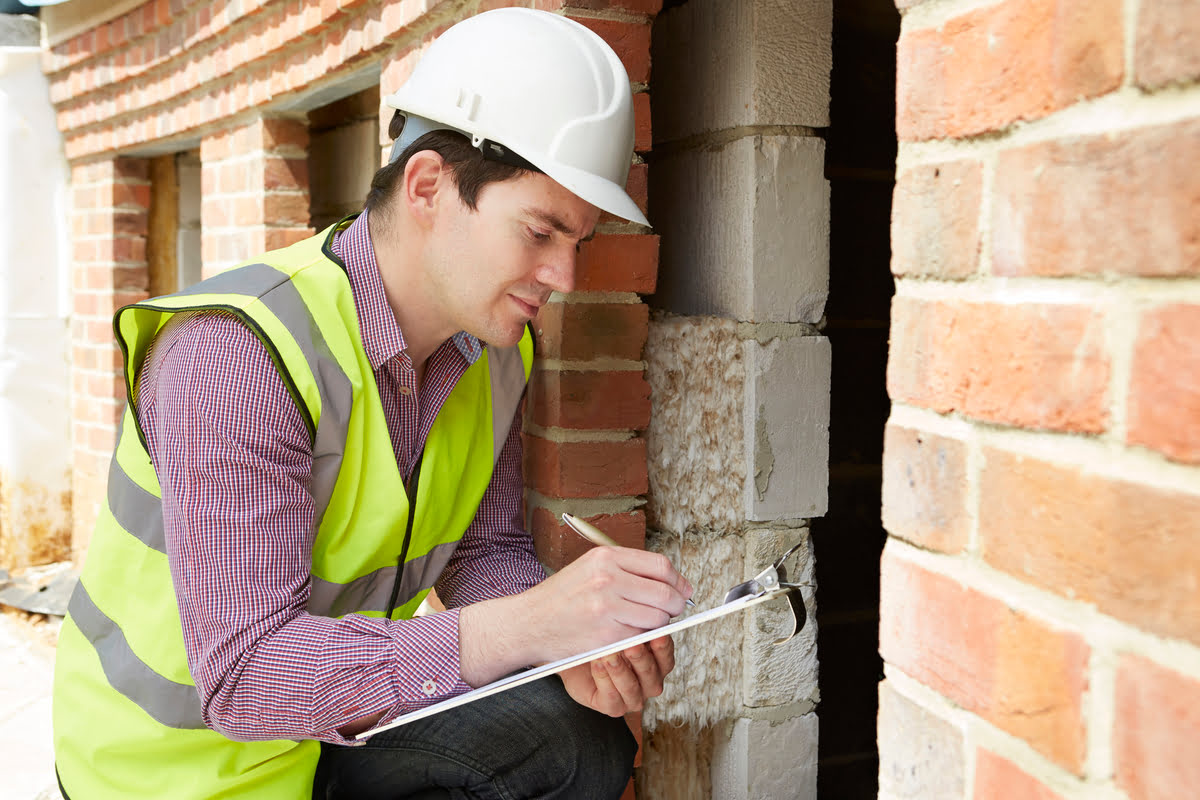
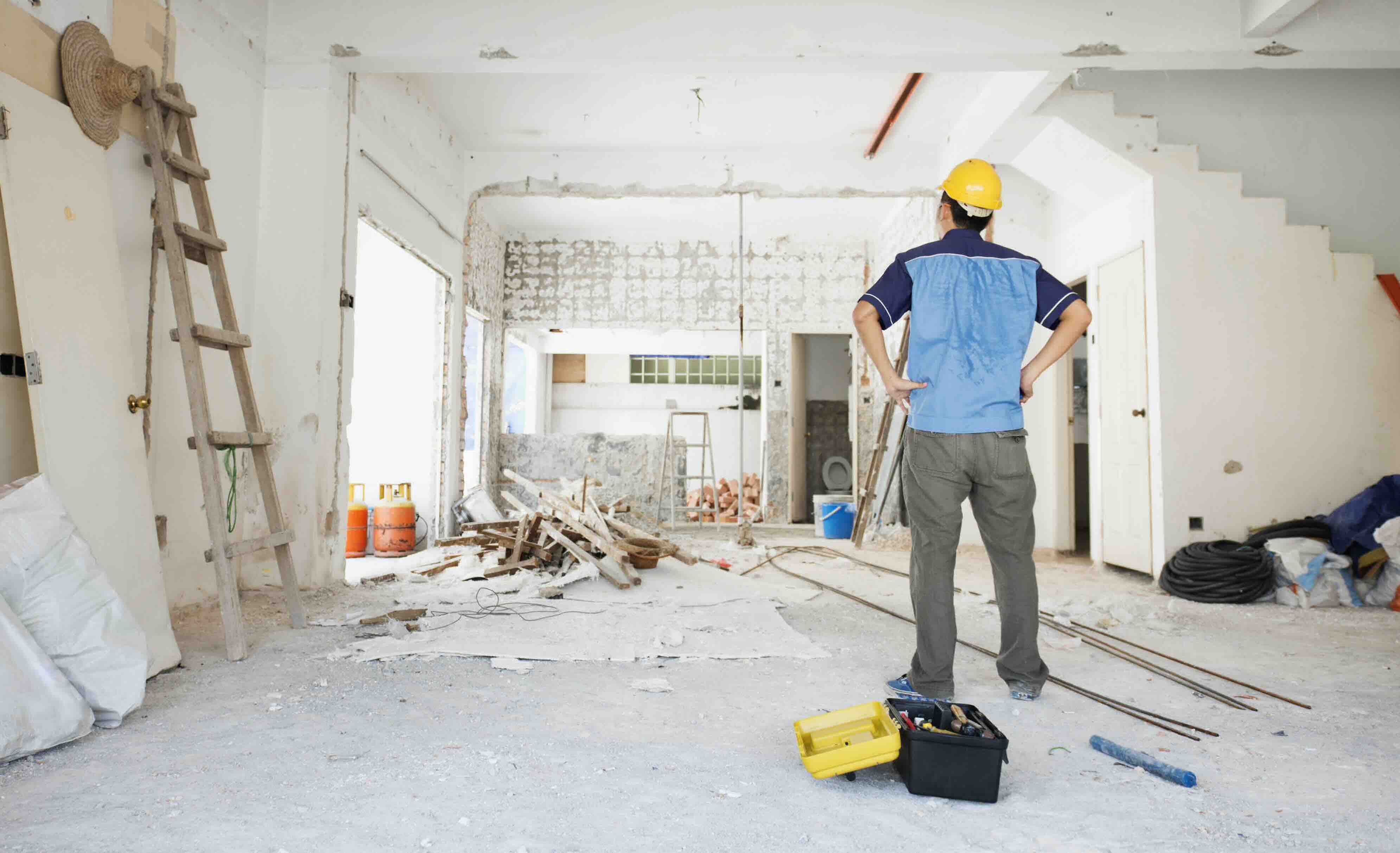
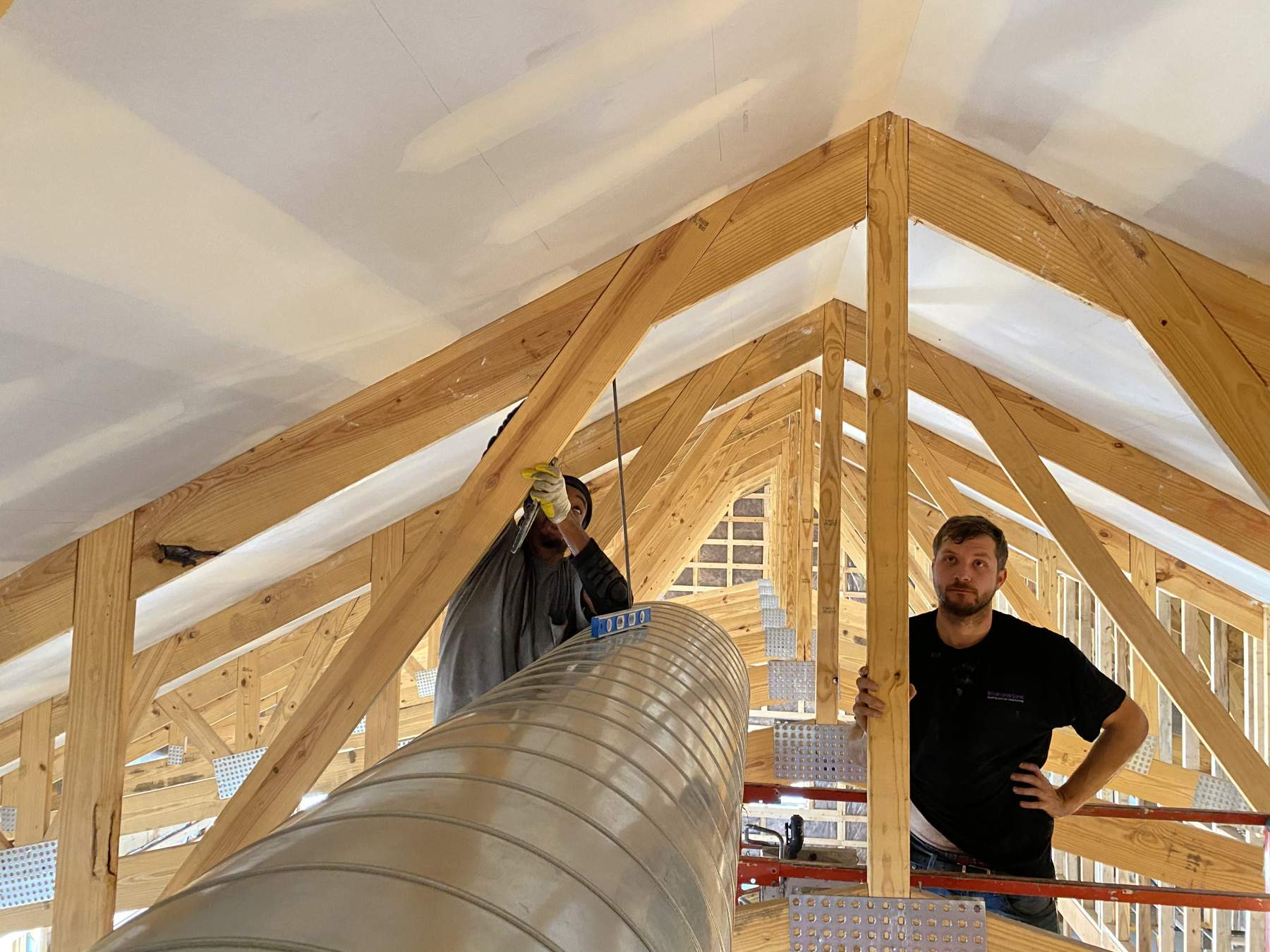
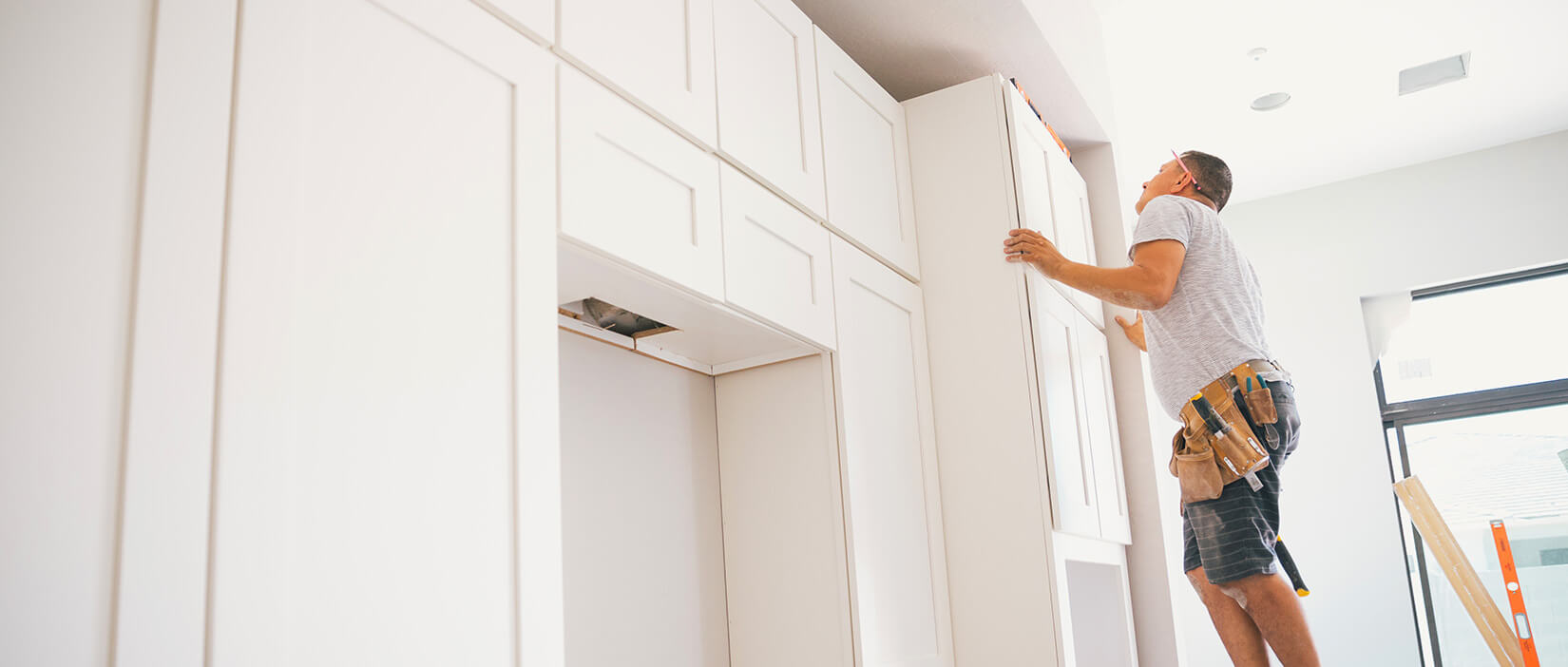


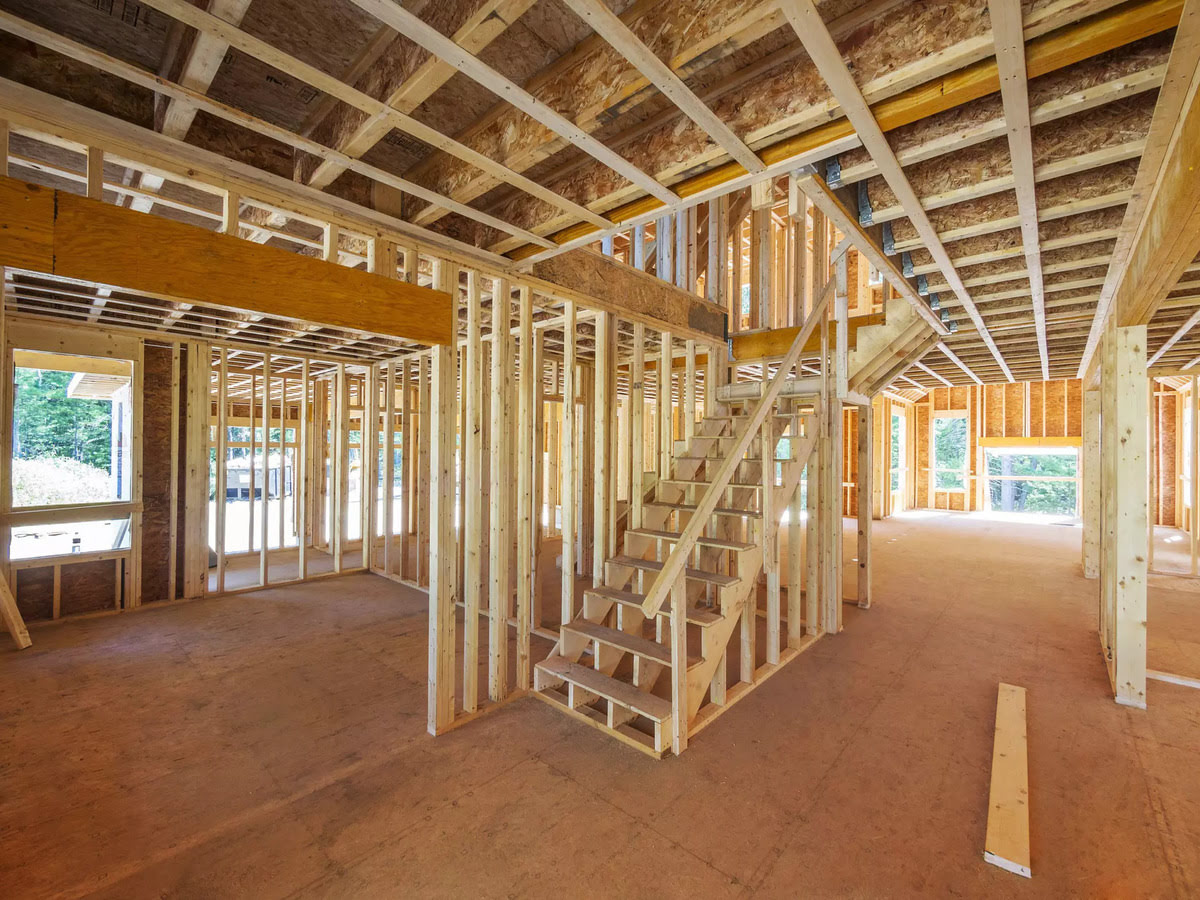
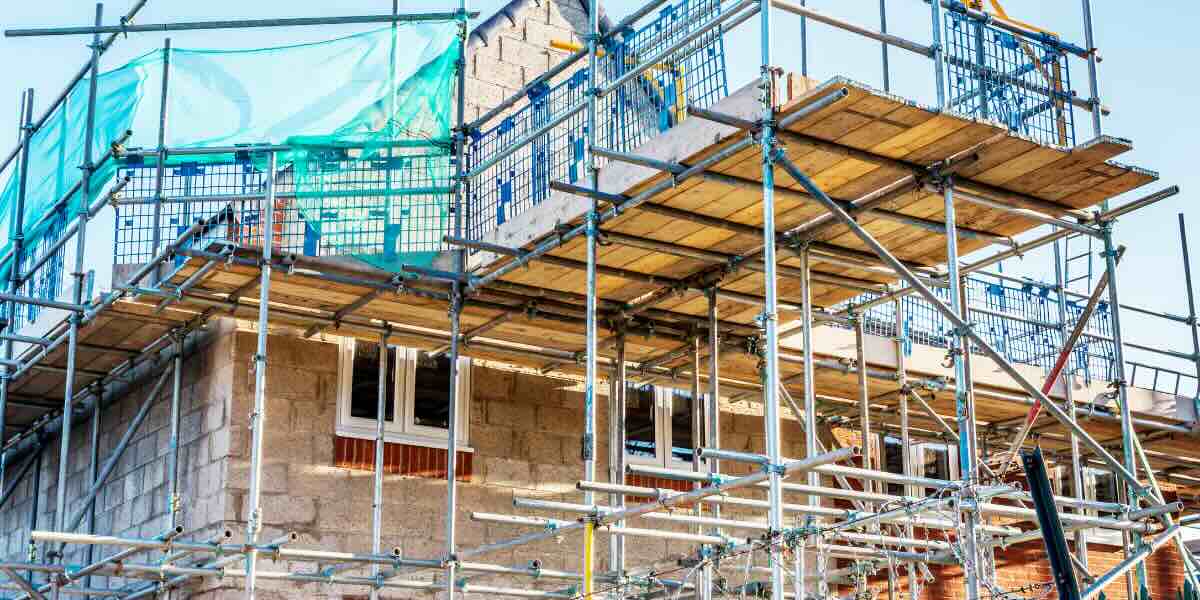
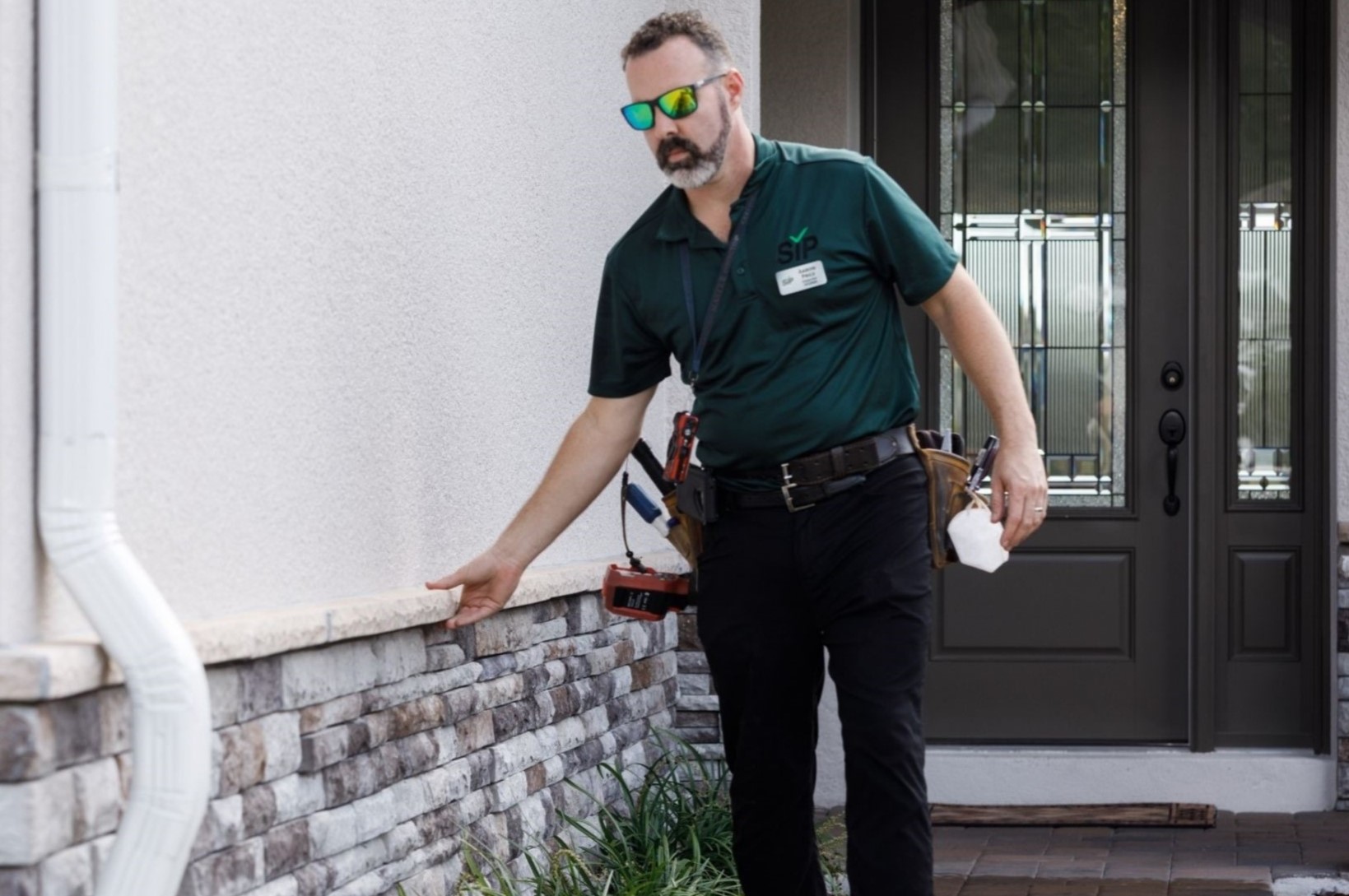
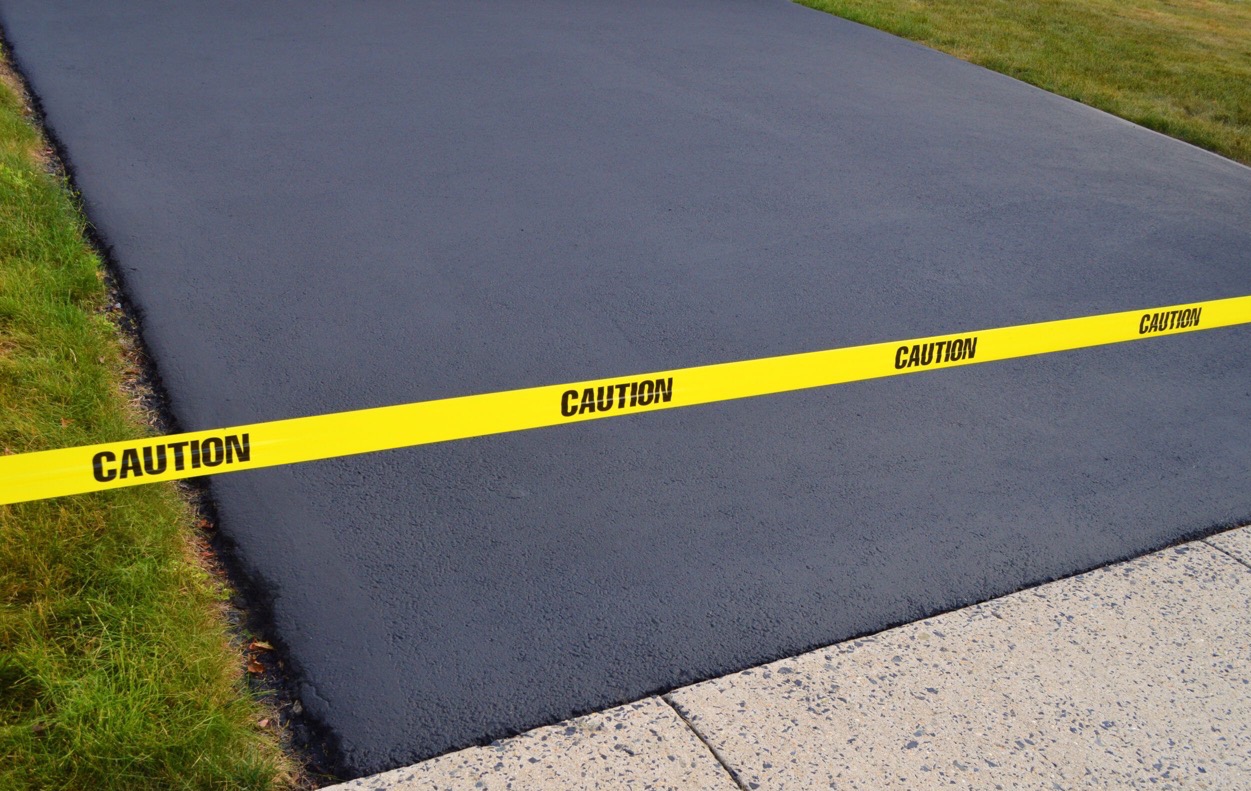



0 thoughts on “When Can You Lock In A Mortgage Rate On New Construction”